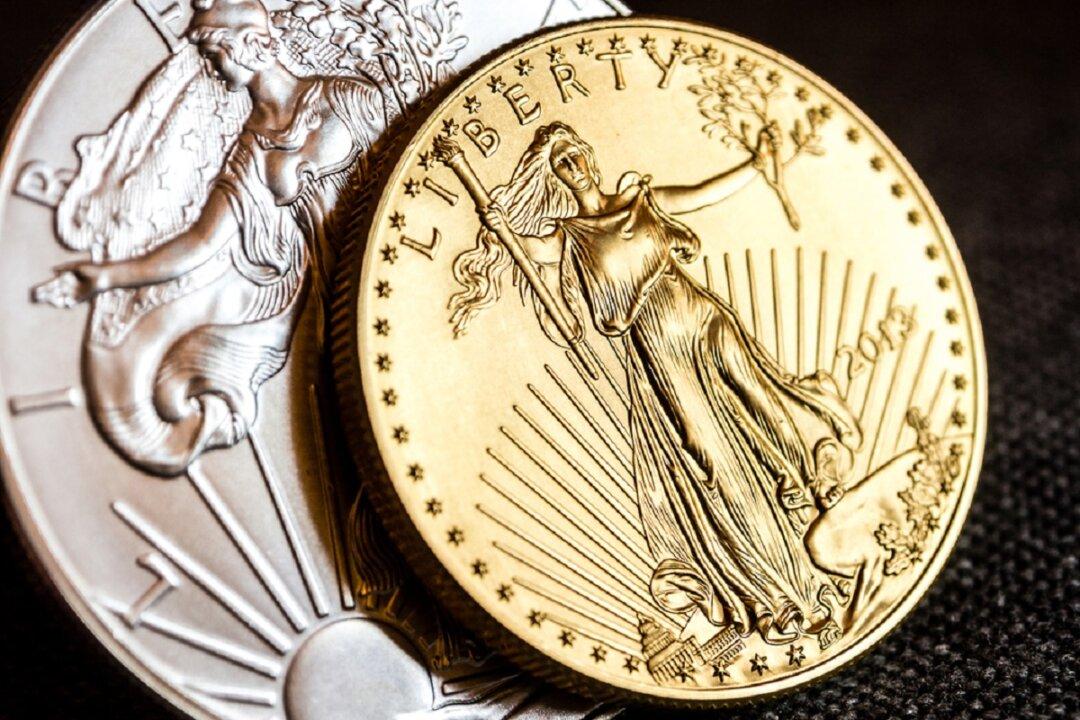“Fine gold” refers to any precious metal composed of 99.9% gold, commonly called “pure gold.” Understanding the fundamentals of gold purity is essential for investors, collectors, and numismatists. After all, the purity of gold bullion bars, coins, rounds, and jewelry directly impacts their value. Below, we'll explain everything you need about fine gold, purity levels, and more.
What Is Considered Fine Gold?
Characteristics of Pure Gold A metal must be at least 99.9 percent pure (999) or higher to be considered fine. Gold isn’t a pure metal; it’s an alloy. Alloys are substances that contain more than one metal or non-metallic element. Gold purities relate directly to the amount of other metals or nonmetallic elements it has: more of those additional elements lower the purity level.Experts use the scale of millesimal fineness to measure the precise purity of gold products, like gold bullion coins, bars, rounds, and jewelry. The millesimal fineness scale measures the number of parts per thousand of pure metal using a three-figure number to determine the purity level. However, pure gold can also be gold dust or flakes that meet purity standards, but are too small to measure on the scale of millesimal fineness. Throughout history, the ducat fineness scale was the measurement standard for the Holy Roman Empire mints and other historical coins, like Hungarian coins.





